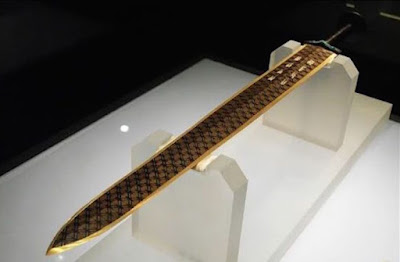Week 4 MedTech + Art

Being a mechanical engineering student, it was difficult for me to imagine how medical technologies can be linked to art. However, after viewing this week's course materials, I found that art is embedded in medicine, and vice versal. In Lecture Part 1, Professor Vesna mentioned that artists have been interested in human dissection since ancient period. They were trying to look into the body, understand how the human body works, and represent it as art forms. The art products, for example, an anatomical diagram, a small-scale artificial human skeleton, are generally used by doctors to help understand or analyze human diseases. This reminds me of Chinese medicine. The science of acupuncture and moxibustion is an important division of traditional Chinese medicine. For thousand of years, the Chinese people have taken advantages of it due to its nonpharmaceutical treatment, simple application, wide range of use, good curative effect, and low cost. Acupuncturists were usually trained b



